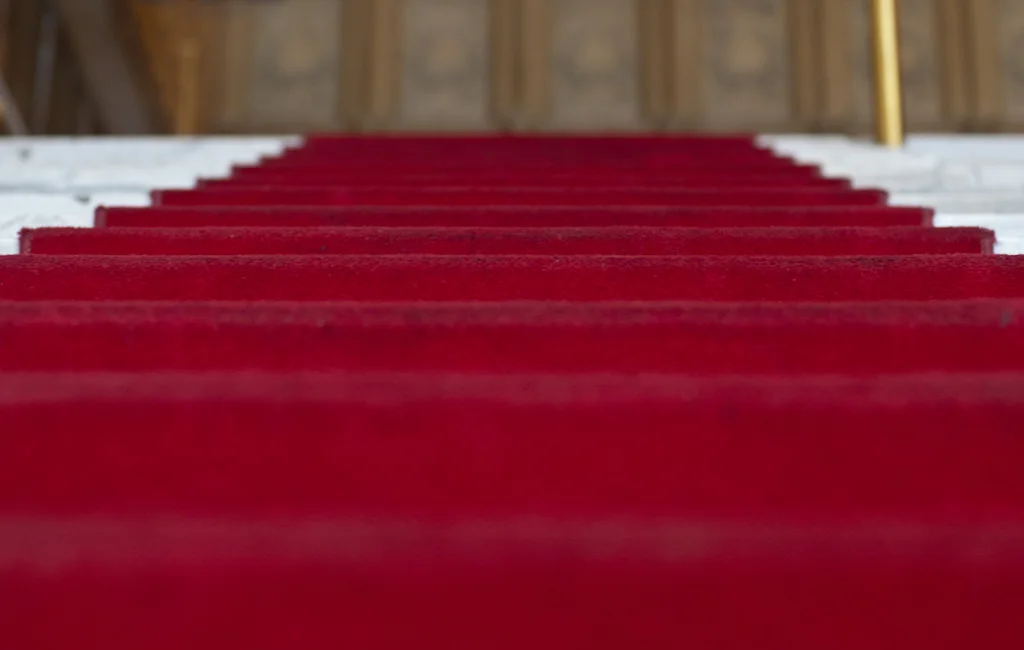So you want to get your child into the business? Congratulations! You have a fun and tedious road ahead of you. I was the parent of a child actor. My son, Frankie, came into an audition with me because he didn’t want to wait in the lobby while I went in for the audition for me. So I held him in my arms (he was 4 years old.) And low and behold … He booked the job.. NOT ME!
The rest was history. My agent signed him, sent him out, and he booked 15-16 commercials over the course of the next few years. To this day, Frankie is still an actor.
I am going to share with you my thoughts on making the business work for you and your child, and how I was able to raise a happy, healthy and well adjusted kid who still loves to act.
You play many roles in your child’s career. You are the CEO of their career, renewing work permits, handling money, scheduling auditions and appointments. You are also the limo driver, the cook, the guardian... You are everything… .But one thing you are not—YOU ARE NOT THE ACTING COACH.
The best advice I can give you is DO NOT EVER, EVER TELL THEM HOW TO ACT.
Trust me, it will hurt you not help them, but directors and casting want kids to sound and act like kids. They want them to be themselves in a truly natural way. And the thing about kids is that they mimic what they hear... And then they can’t change it.
Be as supportive as you can be to your child and their representation. Don’t be the annoying stage mother. Being overbearing can and will cost your child jobs and agents, as they will not want you around. Let them do their job and you do yours. HELP THEM and they will help you.
And NEVER EVER talk about jobs, money, or contracts around your child.
Remember that they think this is fun. They are children, and should not feel pressure to work. They will get to adulthood soon enough and experience that pressure. Right now, they are growing and playing and enjoying life. You handle the tough stuff. Don’t get them involved in it.
NEVER talk about whether they are booking or not. They want to make you happy, and if they hear even a little bit that you are disappointed because they are not booking.. that puts undo pressure on them.
I never mentioned the word Job, Money, Career around my son till he was 16. I would say something like.. “hey, we get to go see that nice lady today and talk about McDonald’s” Hop in the car. Let’s go. In that way, auditions and shoots were always fun and enjoyable. If I needed to encourage Frankie, I would say, “and after we can go get a hamburger or you can play some video games”.
So there you have it. Raising a child actor is no easy feat, but I hope you are able to keep acting a fun and safe activity for them. After all, child actors are, first and foremost, children.
Good luck, and may the journey be as rewarding as it was for me and my son!
Judy Kain is an actress known for The Odd Couple and Hand Of God. She opened Keep It Real Acting Studios in 2012. Judy currently teaches The Business Of Acting, Advanced Callback and A-Z Commercial Class.
Learn more about KIRA's Youth Program HERE.












